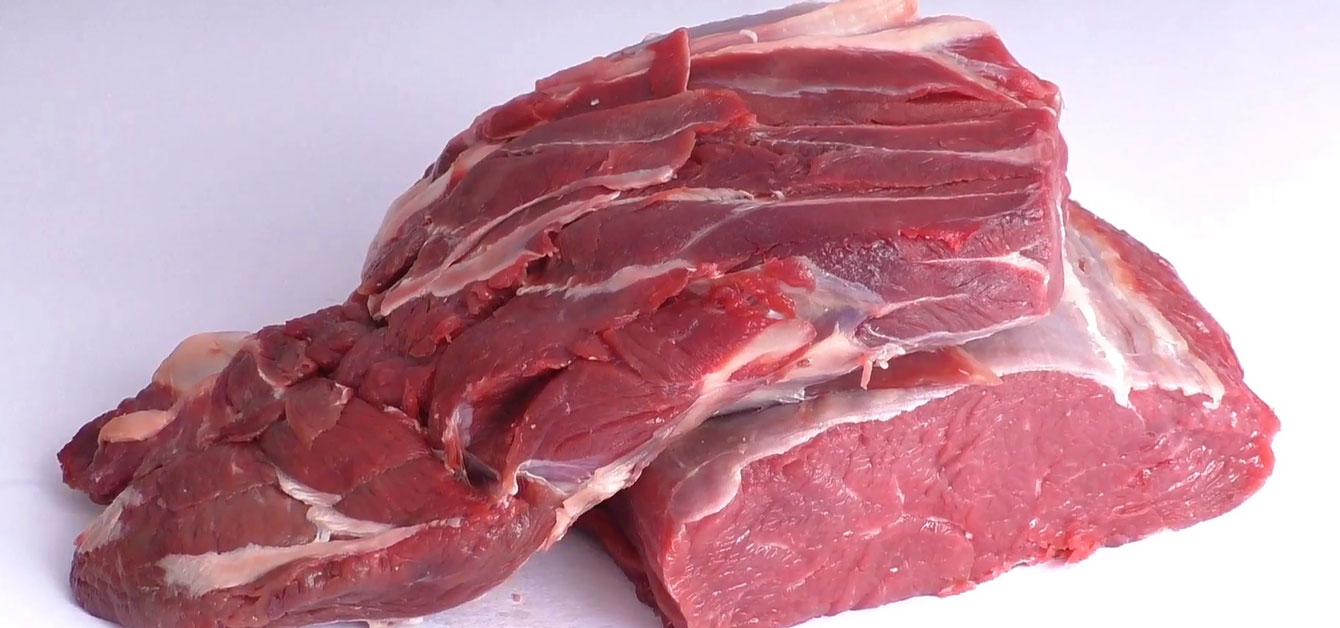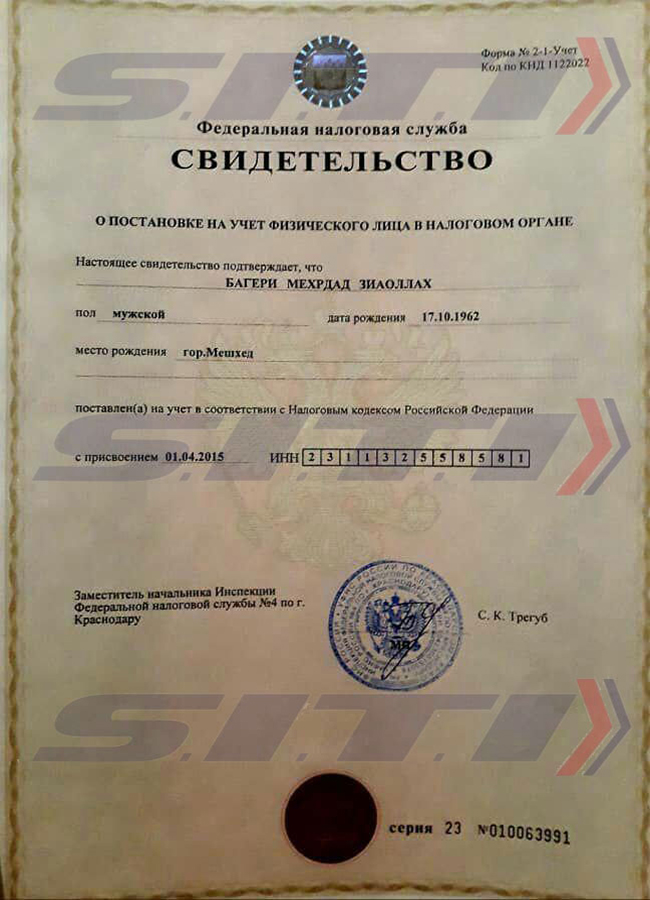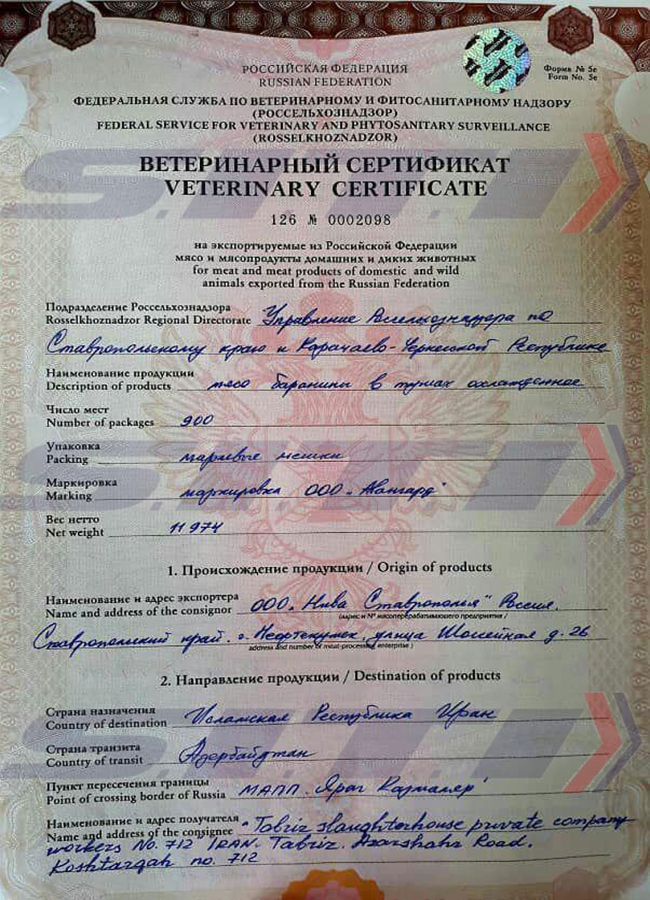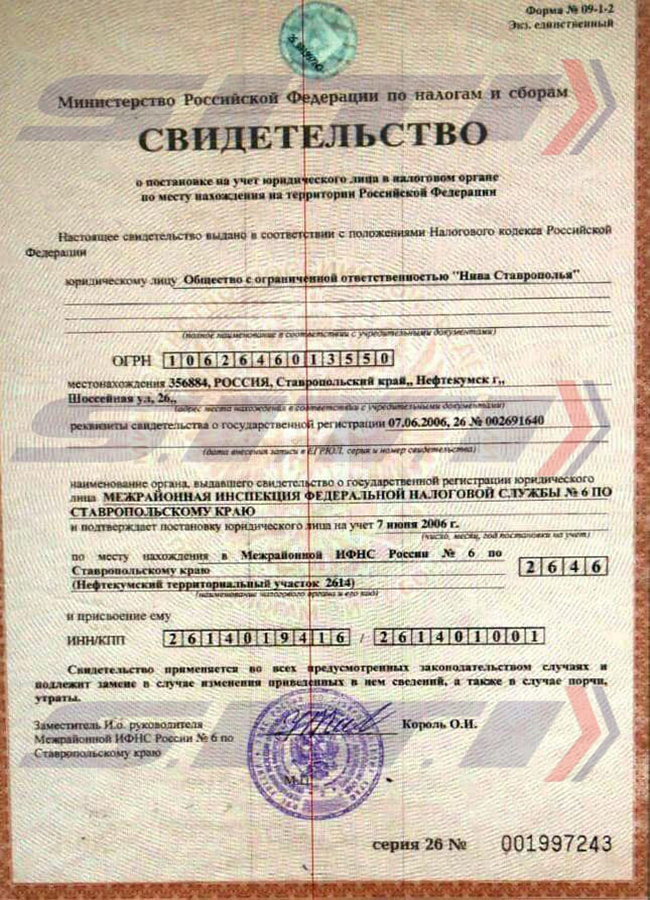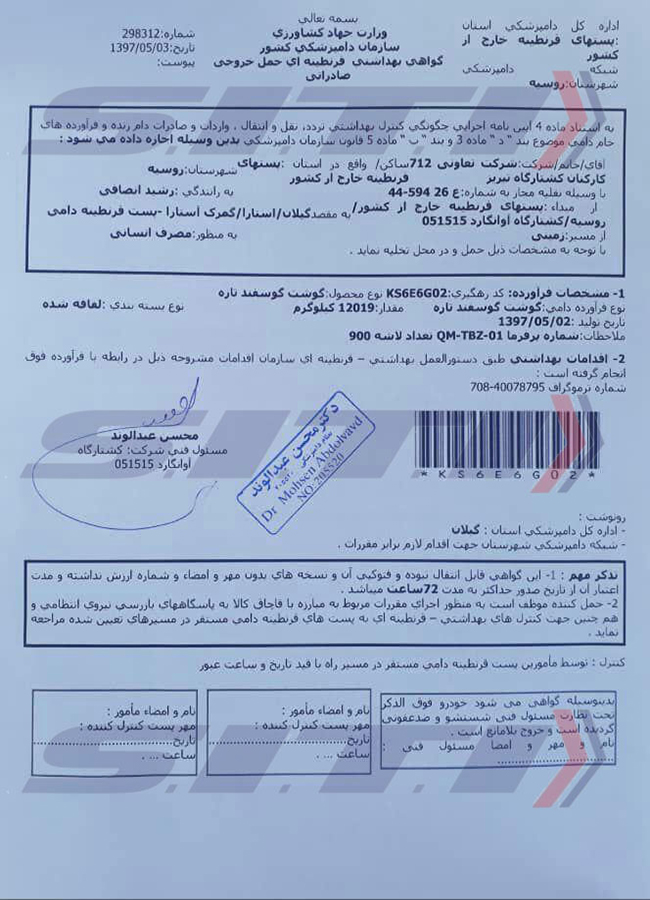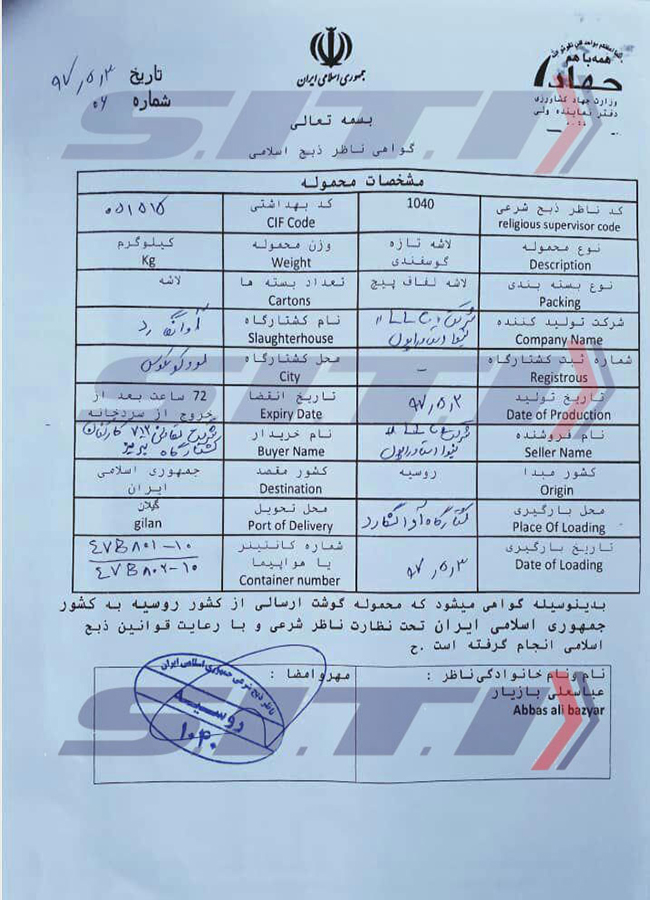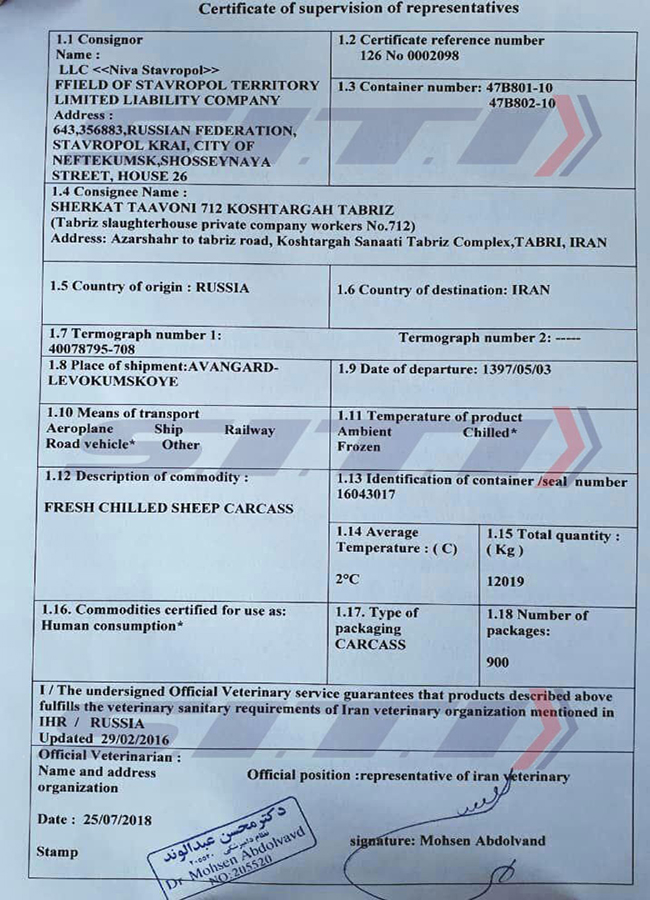Meat
The company is one of the active members of the meat industry of Russia, and now it has been active in the production of hot meat and has been cooperating with various slaughterhouses in Komex, Minwood and Rustaf oil fields. Islamic slaughter and continuous health monitoring are one of the main standards of this complex. The ability to send from land and air healthly is one of the company's top advantages.
About Meat
Tips on the health of meats that are used to provide meat. Mainly exposed to two types of contamination: 1. Primary contamination: Includes a variety of animal diseases or common diseases between humans and animals (more than 400 species). For the diagnosis of disease in livestock, the main condition for slaughtering these livestock in slaughterhouses, especially in industrial slaughterhouses, is to carry out meat inspection before and after slaughter by meat inspectors. 2. Secondary contamination: When slaughtering, transporting and supplying in unsanitary conditions, meat is exposed to a variety of microorganisms, which is referred to as secondary contamination. If you eat slaughtered meat outside of the slaughterhouse, there is a high risk of human infection with these diseases. What are the features of healthy red meat? • Must be provided in authorized slaughterhouses and have veterinary stamps. • Its appearance is not slippery and sticky, and it is also dry or wrinkled by the symptoms of keeping meat in an inappropriate and inhospitable condition. • Do not have bleeding points and unusual spots. • The muscles have a firmness and natural consistency, and the is restored to the original position after the finger pressure. • The smell of meat in the normal state of health is the smell of slaughter carcasses, and any kind of abnormal and unpleasant odor, such as rash, infection, and mildew, or sneezing is the mark of meat corruption. • The natural color of the flesh is red in the shape of the livestock, and the lack of meat may be a sign of anemia and a chronic disease of livestock. The dark color of the meat indicates a complete absence of blood at the time of slaughter, which is itself a possible sign of trap infection to infectious and febrile illness or the death of the livestock before slaughter. • Any changes in color from red to green, brown, gray, black and mild are signs of meat corruption. • The killing of slaughtered animals should be completed at the end of the slaughterhouse operation and immediately cooled (+4 ° C), and the best way to keep the meat fresh is to keep this temperature up until it is consumed (short-term). Hygienically, the best method is to place meat in a sanitary and labeled package containing the health code of the veterinary farm, the name and type of the product, the name and address of the slaughterhouse, the production date and expiry date, and the keeping of the meat. What should be considered when buying meat? • The purchase and consumption of meat from slaughtered unauthorized animals such as sliced meat, lacking specification, ready-to-serve meat and slaughtered carcasses without veterinary stamps should be avoided. • The supply and storage of meat should be carried out inside the refrigerater and the amount of meat present in the store should be proportional to the capacity of the refrigerator in the store. Do not buy meat stored outside the refrigerator. • The meat must be provided in the presence of a customer from the carcass with the veterinary stamp and in a meat grinder that is clean and empty. It is necessary to refrain from buying minced meat ready for use in butchers or not having a perfectly packed hygiene specification. Benefits of freezing: In today's modern world, the high sensitivity to quality, the method of harvesting, storage and even the way food is transported has attracted more attention to the packaging industry. Meanwhile, red meat is considered to be the most important source of protein. Red meat is basically packaged in both warm (non-frozen) and frozen types. Although hot packets today are improved with benefiting from new technologies such as vacuum, MAP, and so on, but health professionals still believe that freezing meat is the most acceptable way of maintaining health and quality throughout the storage and distribution. Unfortunately, and despite this fact, in our country the general tendency to use hot meat, despite all its shortcomings, has been more than frozen meat. he hot meat purchased is eventually frozen by the consumer for storage. But a very important point to be ignored is the inability of home freezers to properly freeze meat. Even the most powerful home freezers that produce a cryogenic temperature of -20 °C are not suitable for this purpose and are only designed to hold frozen meat. Hygienically, the meat should be industrially refrigerated at between -35 °C and -45 °C, and it should be frozen under intense airflow. Otherwise, coarse crystals appear in the muscle tissue that causes the cell to rupture. The excessive flow of blood in excess of the freezing of frozen meat in home freezers and the loss of a significant amount of nutrients indicates this. In comparison, in a freezing process, only a very small amount of blood, which is perfectly normal, can be observed in the freezing process, and the same amount can be seen in hot meat. In the process of industrial solidification for the reasons mentioned, the initial quality of meat is completely preserved, and this type of frozen meat can be kept in home freezers for up to one year after production without losing its quality. Meanwhile, this freezing method will also help to crunch meat.

